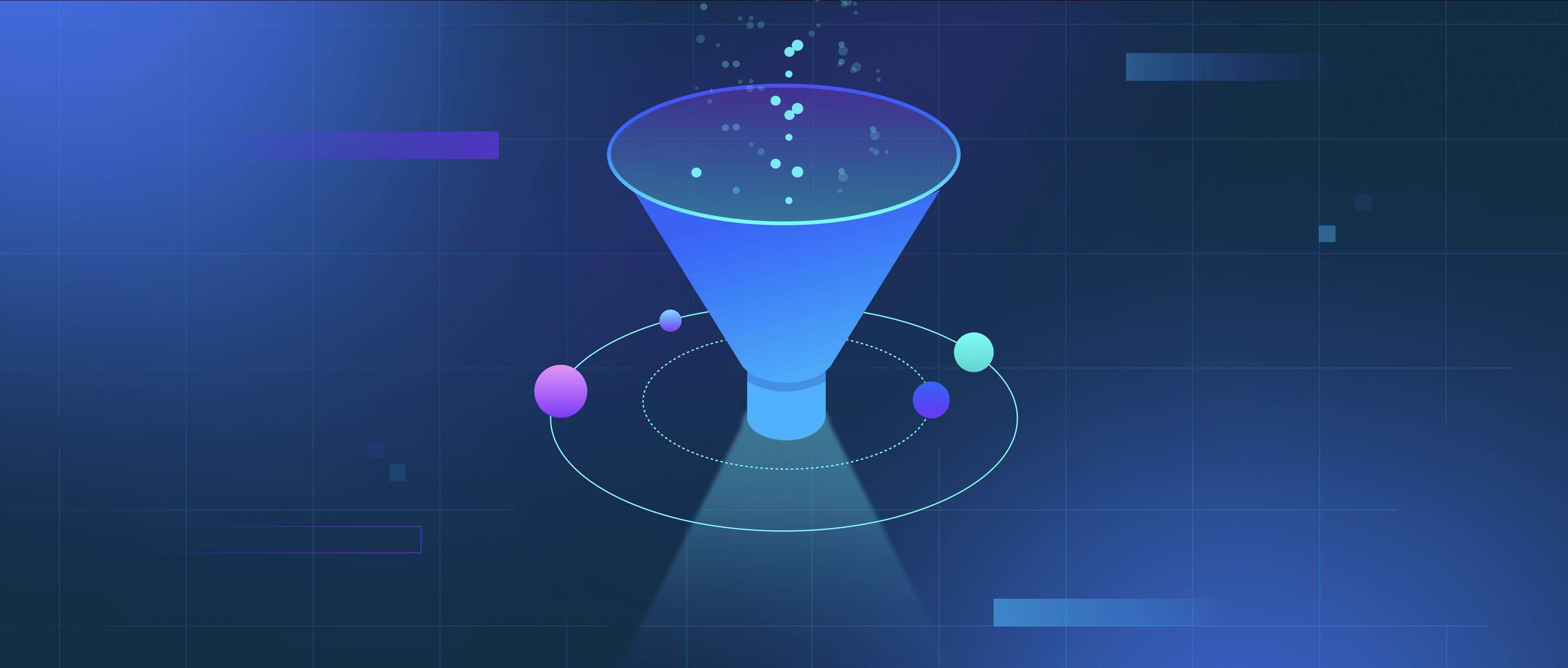To handle overfitting when training OpenAI models, you can employ several strategies to improve generalization. Overfitting occurs when a model learns not just the underlying patterns in the training data but also the noise, leading to poor performance on unseen data. You can tackle this issue by utilizing techniques such as regularization, data augmentation, and cross-validation.
One effective method is to use regularization techniques. Regularization adds a penalty to the loss function during training, discouraging the model from fitting the training data too closely. Common techniques include L1 and L2 regularization, which add terms to reduce the absolute values of the model weights. This helps prevent the model from becoming overly complex. Another approach is dropout, which randomly disables a fraction of the neurons during training. This prevents the model from relying too heavily on any individual feature, encouraging it to learn more robust patterns.
In addition to regularization, data augmentation can be beneficial. By artificially expanding the training dataset with variations of the existing data, such as transformations like rotation, cropping, or adding noise, you can provide the model with more examples to learn from. This increased diversity can help it generalize better. Finally, using cross-validation can help you tune hyperparameters and assess model performance more reliably. Instead of relying on a single validation set, cross-validation evaluates the model across multiple subsets of the data, providing insights into how well it might perform on new, unseen datasets. This holistic approach can significantly reduce the risk of overfitting.
